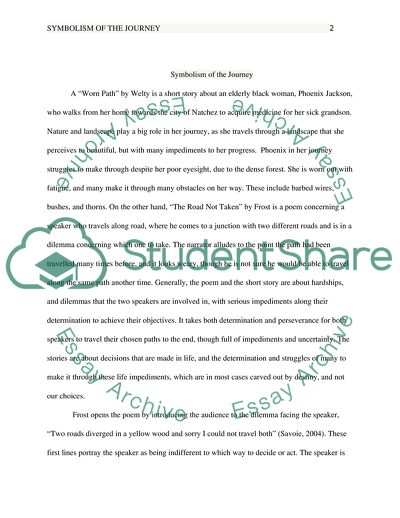Cite this document
(Symbolism of the Journey in the Books Book Report/Review - 1, n.d.)
Symbolism of the Journey in the Books Book Report/Review - 1. https://studentshare.org/literature/1768694-symbolism-of-the-journey
Symbolism of the Journey in the Books Book Report/Review - 1. https://studentshare.org/literature/1768694-symbolism-of-the-journey
(Symbolism of the Journey in the Books Book Report/Review - 1)
Symbolism of the Journey in the Books Book Report/Review - 1. https://studentshare.org/literature/1768694-symbolism-of-the-journey.
Symbolism of the Journey in the Books Book Report/Review - 1. https://studentshare.org/literature/1768694-symbolism-of-the-journey.
“Symbolism of the Journey in the Books Book Report/Review - 1”. https://studentshare.org/literature/1768694-symbolism-of-the-journey.


